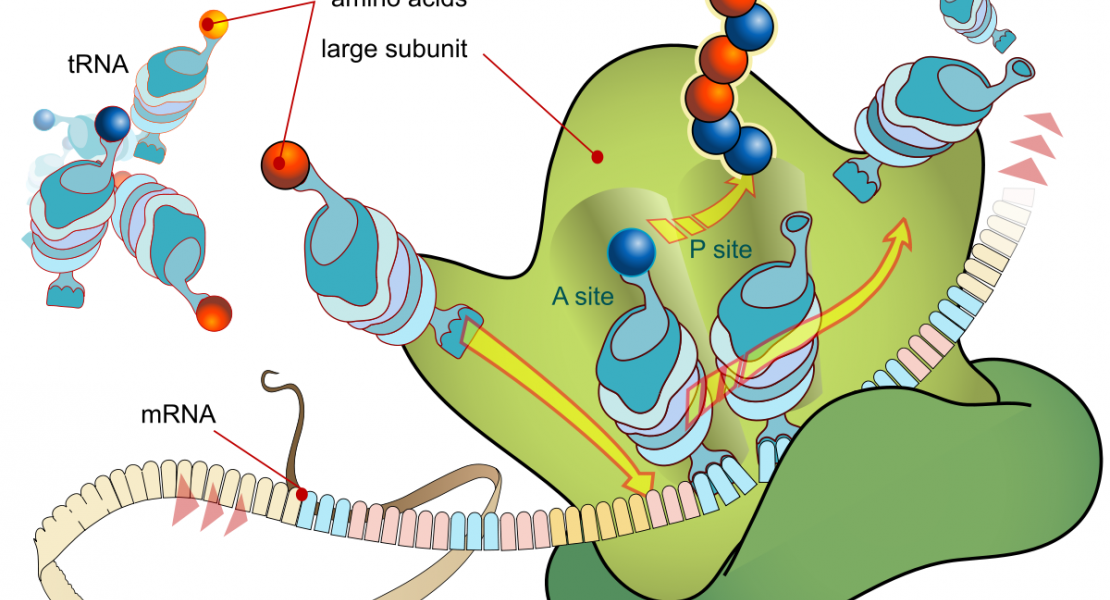LIN28A Is a Suppressor of ER-Associated Translation in Embryonic Stem Cells

Abstract
LIN28 plays a critical role in developmental transition, glucose metabolism, and tumorigenesis. At the molecular level, LIN28 is known to repress maturation of let-7 microRNAs and enhance translation of certain mRNAs. In this study, we obtain a genome-wide view of the molecular function of LIN28A in mouse embryonic stem cells by carrying out RNA crosslinking-immunoprecipitation-sequencing (CLIP-seq) and ribosome footprinting. We find that, in addition to let-7 precursors, LIN28A binds to a large number of spliced mRNAs. LIN28A recognizes AAGNNG, AAGNG, and less frequently UGUG, which are located in the terminal loop of a small hairpin. LIN28A is localized to the periendoplasmic reticulum (ER) area and inhibits translation of mRNAs that are destined for the ER, reducing the synthesis of transmembrane proteins, ER or Golgi lumen proteins, and secretory proteins. Our study suggests a selective regulatory mechanism for ER-associated translation and reveals an unexpected role of LIN28A as a global suppressor of genes in the secretory pathway.
